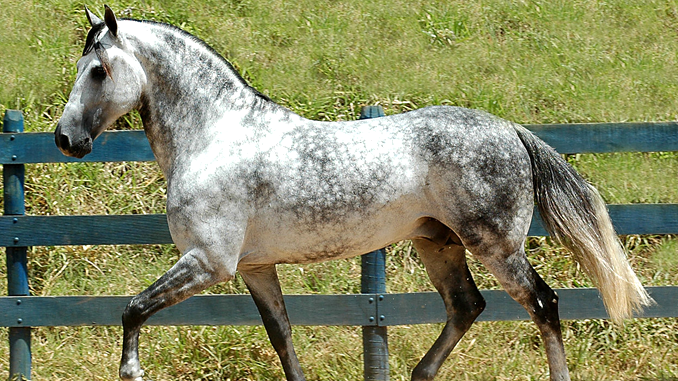
Accidents are part of auto racing. Traveling across the course for hours, often within inches of another car while moving at speeds of well over a hundred miles per hour, requires intense focus. Inevitably concentration will flag, if only for a moment, and crashes result.
Horse racing, by comparison, sees few accidents. When they occur, they tend to be brutal. Horses, unlike cars, are living beings who cannot be rebuilt after a collision and jockeys don’t have crash webbing… merely the most basic of protective gear, and even that is minimized to ensure a lighter ride.
When a jockey goes down, injuries can be messy. In the case of one Hall of Fame jockey, they were fatal.
On May 8, 1936, Ralph Neves, a jockey who was elected to the Racing Hall of Fame, was thrown from his mount at Bay Meadows in San Mateo, California in the middle of a race. Because the horse was already running at full speed, Neves flew through the air and smashed his head against the track barrier, cracking his skull. His troubles didn’t end there. As one might expect from a Hall of Famer, his mount had been in the front of the pack. After his body landed, he was trampled by at least four of the horses.
The race was stopped and the track physician, Dr. J. A. Warburton – as well as two other doctors – ran out to check on Neves. It was too late; his heart had stopped and Neves, who had been nicknamed “The Prince of Broken Bones”, was pronounced dead. The news was passed to the hushed crowd, and Neves’ body was taken away.
Warburton didn’t want to be accused of not making every effort at his job. In the track infirmary, almost ten minutes after the accident, he injected Neves with a large shot of adrenaline… and luck was on their side. Neves’ heart restarted, and shortly thereafter he woke up.
He wasn’t in the Hall of Fame yet; that honor was bestowed on him almost twenty-five years later, in 1960, in recognition of more than 3,500 racing wins including more than 150 stakes (numbers which continued to grow until his retirement in 1963.) At the time of the accident, he had been only nineteen.
The next day’s San Francisco Examiner headline was succinct: “Neves, Called Dead in Fall, Denies It”. Actually, not only did he deny being dead, he refused to accept the magnitude of his injuries. After being taken to the hospital he eluded his chaperones and took a taxi back to the track, where he attempted to ride in the late races. His requests were firmly denied.
He rode again the next day.
Question of the night: What’s the worst sports injury you’ve experienced?
